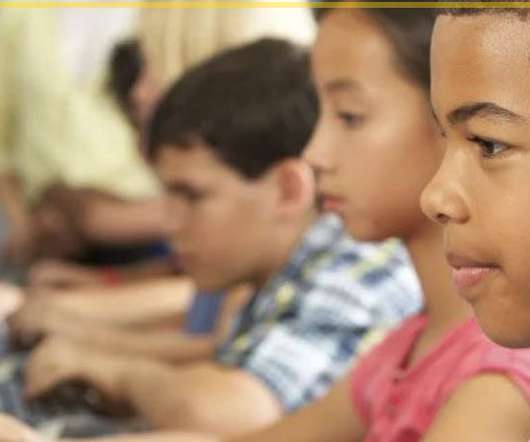Characteristics of The 21st Century Teachers
Educational Technology and Mobile Learning
JANUARY 3, 2024
In this latest installment, we turn our focus back to a topic I last discussed in 2011: the characteristics of 21st-century teachers. This could involve using differentiated instruction, incorporating multicultural education, or employing a range of assessment methods. 2011, Nurmi et al., 57, cited in Vaughn, 2015, p.















Let's personalize your content